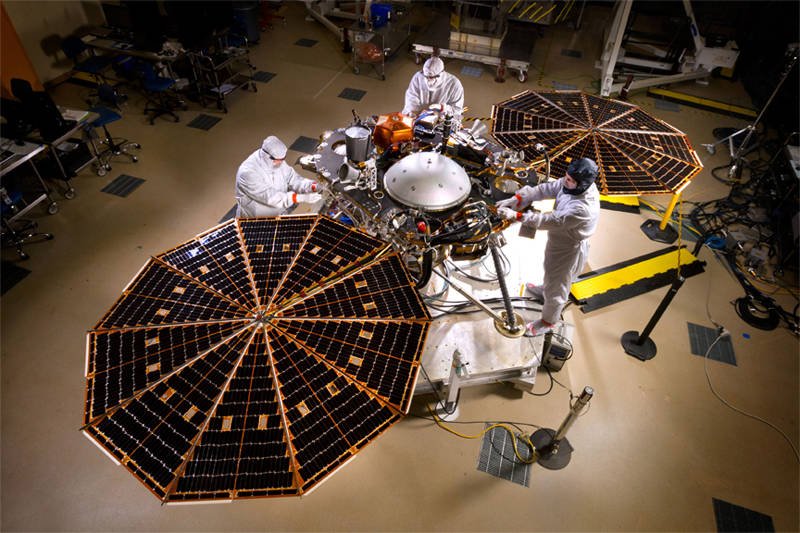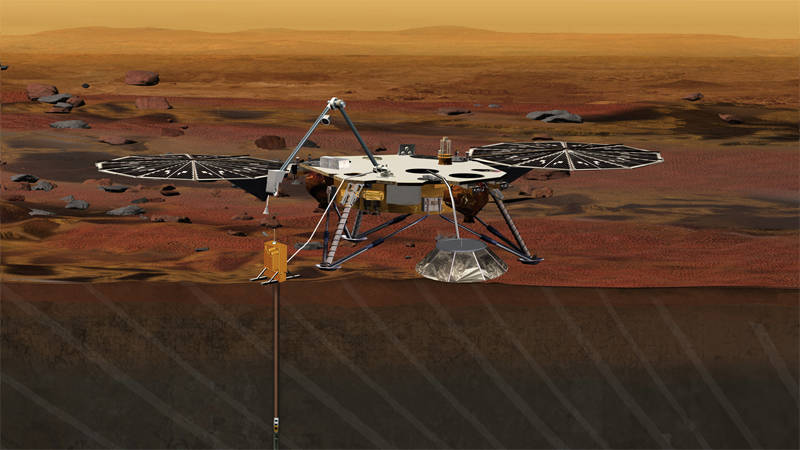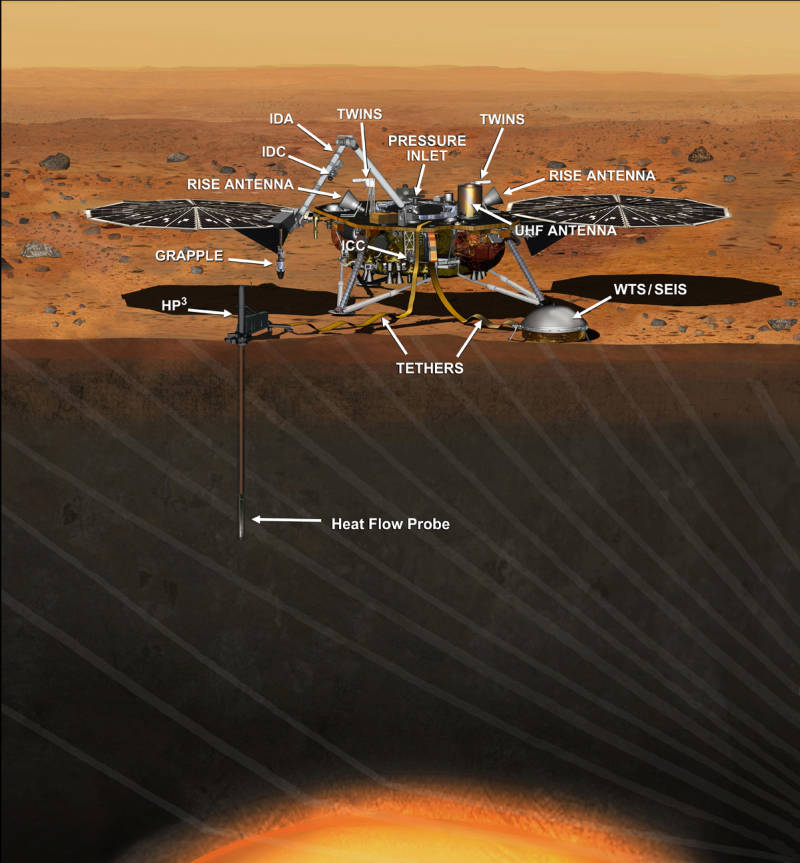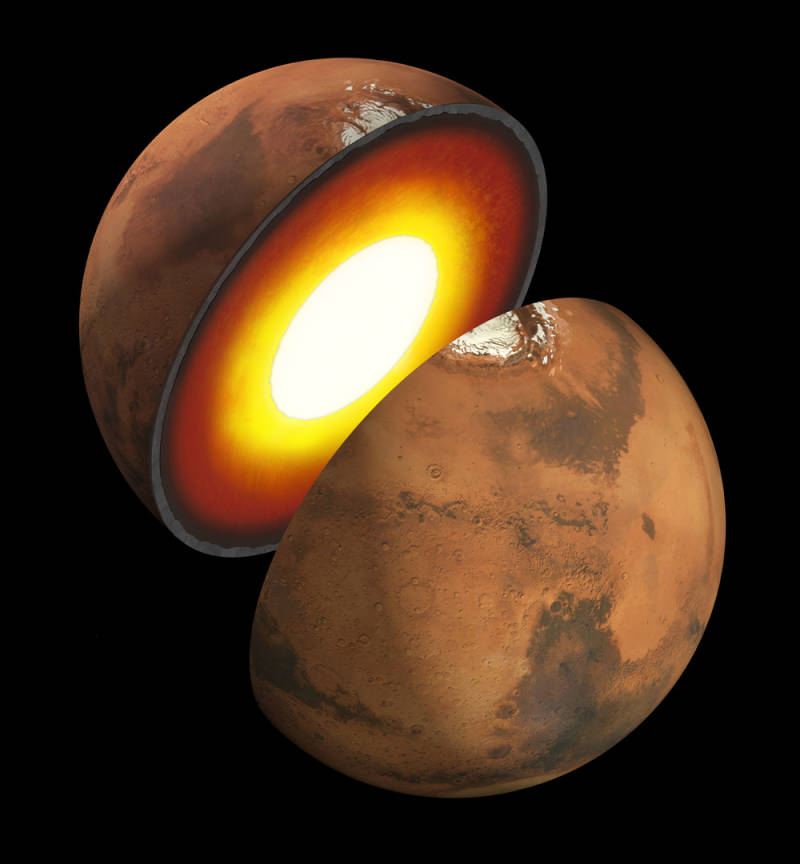NASA’s InSight mission to Mars is well worth waiting two more years for. InSight will be the first lander equipped to probe beneath the Martian surface, conducting experiments aimed at finding out what goes on inside the planet.
The space agency postponed the launch of InSight (Interior Exploration using Seismic Investigations, Geodesy and Heat Transport) earlier this month, after finding a leak that would have endangered one of the lander’s principal instruments, a seismometer.
With a practical launch window for sending the spacecraft to Mars opening and closing this month, NASA decided the leak couldn’t be repaired and tested in time. And since Martian launch windows open only once every two years when Earth and Mars move into favorable positions, NASA will now set its sights on the next one, in May of 2018.

The seismometer (Seismic Experiment for Interior Structure, or SEIS) will monitor internal activity through acoustical waves, not unlike how a doctor listens to a patient’s breathing and heartbeat with a stethoscope. How much activity there is, and where, are clues to Mars’ internal structure and activity.
InSight’s other main instruments are RISE (Rotation and Interior Structure Experiment) and HP3.


